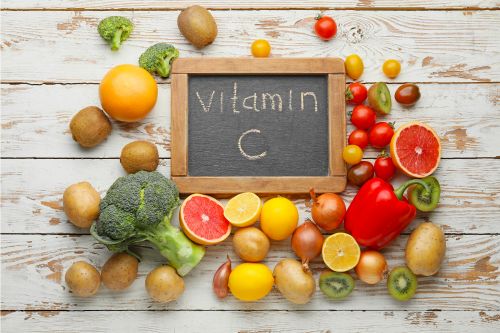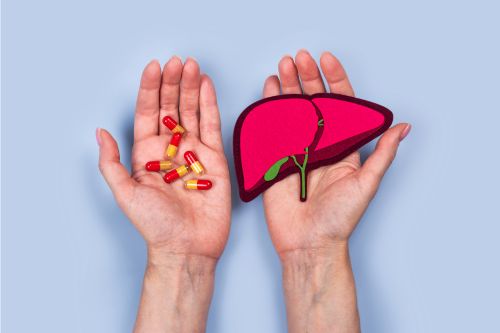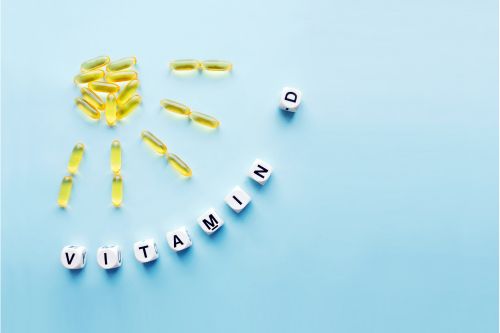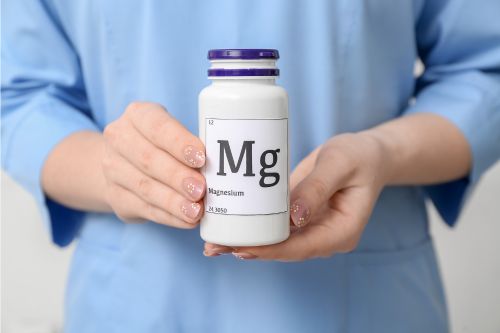4 Min Read
How HIIT Can Help Your Fitness Goals When You're Short on Time

The Canadian Society for Exercise Physiology recommends that adults should be getting at least 150 minutes of moderate to vigorous exercise per week to maintain health. However, 85% of Canadians do not meet the minimum physical activity recommendations due to time constraints.
High-intensity interval training or HIIT is a great way to exercise when compared to steady state cardio if you are short on time. Let's first define the two types of cardio we will be talking about: Steady-state cardio vs. HIIT.
Steady-state cardio is an aerobic form of exercise in that it requires oxygen. HIIT alternates short periods of high-intensity anaerobic exercise (depriving your muscles of oxygen) with recovery/rest periods. Anaerobic exercise does not rely exclusively on oxygen and is fuelled mostly by stored carbohydrates. The high-intensity period can last anywhere from 60 seconds to 4 minutes, and the total workout should not last longer than 25 minutes.
The intermittent nature of HIIT allows for enough recovery so that multiple of these bursts can be done. It is performed at 80-95% of your maximal heart rate vs. steady state cardio, which is performed at 55-69% of your maximal heart rate. A study at McMaster University found that HIIT can:
-
Reduces the risk of heart disease
-
Improves glucose metabolism and insulin sensitivity
-
Improves oxygen capacity and endurance
-
Reduces fat stores
-
Burns a higher amount of calories compared to longer steady state exercise
-
Induces fat oxidation during and post exercise
Let’s get into the nitty gritty details in comparing HIIT vs. steady state cardio and what is better for weight loss. A bout of steady state cardio would delve into using fat as an energy source. In contrast, a bout of HIIT is hormonally driven in which fat is not being used as the primary energy source due to the shorter time span. The main reason for this difference is the utilization of fat stores takes >30 minutes. Thus, HIIT depletes muscle glycogen vs. fat stores. This is the main reason HIIT can burn through fat stores post exercise and not during the session. Post exercise, the metabolic rate remains slightly elevated for anywhere between 1-2 hours up to 14 hours. The rate of this is dependent on exercise intensity. HIIT training is usually more intense than steady state cardio. So HIIT can use fat as an energy source for a longer period of time post exercise.
It has been established in other studies that HIIT improves the efficiency of cells in our body. However, in terms of fat loss, the data is conflicted. There is currently no evidence to support the superiority of HIIT vs. steady state cardio for body fat reduction. HIIT is an equally effective alternative to steady state cardio that achieves an equivalent fat loss. Thus, if both workouts can burn the same amount of fat cells, but one requires less of a time commitment, then it is a great alternative for weight loss! I also want to quickly note that both weight loss and health benefits are only seen when changes in diet are made in conjunction with exercise.
DESCRIPTION OF WORKOUT
-
Warmup first two minutes at an intensity of level 5
-
In minutes 2-3 move intensity to level 6
-
Minutes 4-5, 6-10 and 11-14 working your way up to a level 9
-
Minutes 15-19 move to a level 10, holding level 10 for one minute
-
Minute 20 level 5 cool down for 1 minute
Lastly, HIIT can also increase the release of both adrenaline and human growth hormone (HGH). HGH secretion is triggered by the intensity of exercise – the more intense, the more that is released. This is why HIIT causes a higher release of HGH vs. steady state cardio. HGH confers numerous benefits:
-
Increases rate of protein synthesis, thereby increasing muscle mass
-
Increases amount of fat cells being used as an energy source
-
Improves insulin sensitivity
-
Boost energy levels
-
Increases sexual drive through increased estrogen and testosterone
All in all, HIIT is a time efficient exercise that is great for cardiorespiratory fitness, improving insulin sensitivity and/or muscle mass. Both HIIT and steady state cardio exercises provide similar benefits for total body fat reduction. HIIT is just easier to squeeze into a busy day and elevates metabolism, thus increasing the after burn effect. It is important to note that HIIT is not about “more the better” it's simply about creating efficient exercise plans. A general rule of thumb is to keep your muscles on their toes! Try doing a combination of both HIIT and steady state cardio throughout the week. It is best to not let your muscles get used to any type of workout. So keep both your mind and body engaged! Not all cardio is created equal so you really want to choose the cardio that meets your goals specifically.
Lastly, don’t forget that the combination of diet and exercise have the greatest effect on both positive health outcomes and weight loss. Being sure to replenish with a high quality protein, and making sure that you are getting all the vitamins and nutrients you need is important for optimal recovery from any workout!
(Written by Dr. Saira Kassam | 2018)



